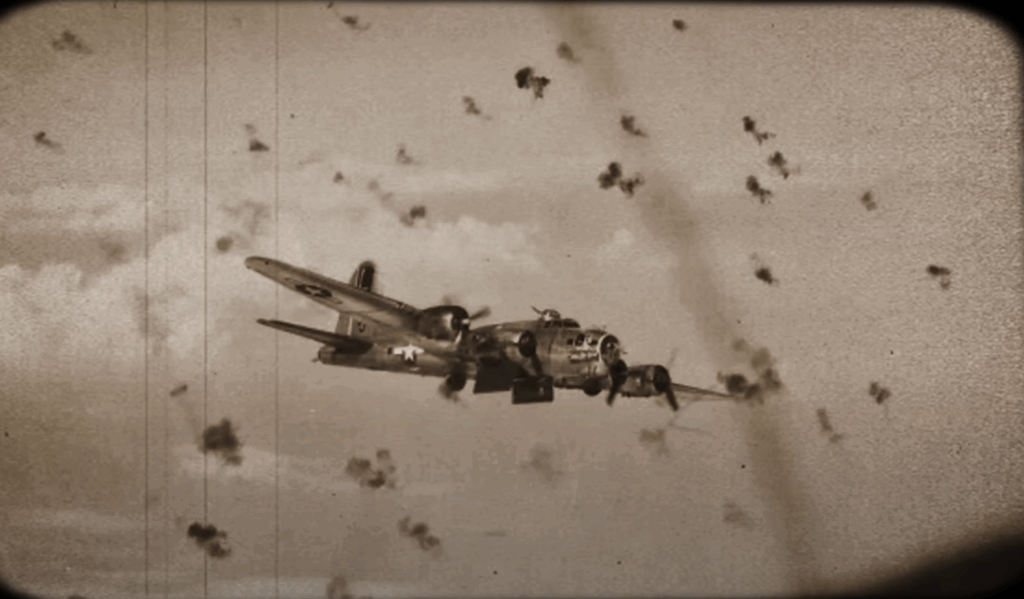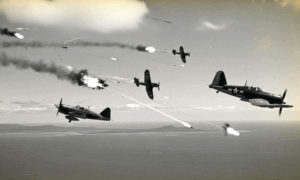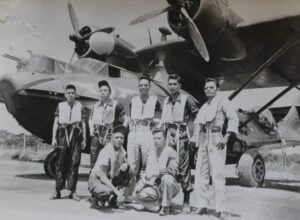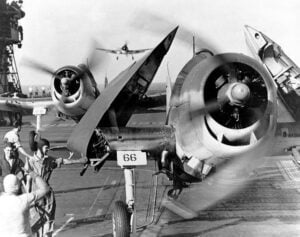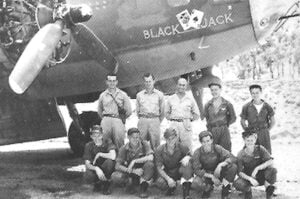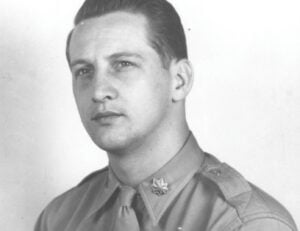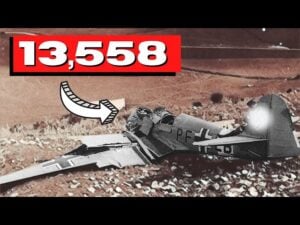Why an Estimated 80% of WWII FLAK Gun Crews Lost Their Lives in the Line of Duty
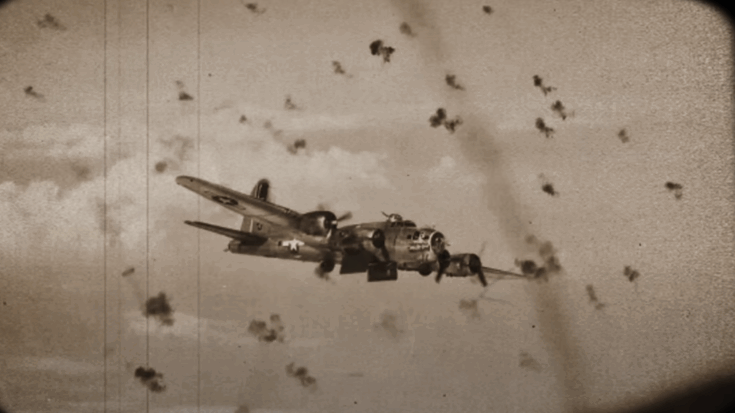
Unbelievable true stories / YouTube
The Rise of the 88
During the 1930s, Germany quietly rebuilt its armed forces despite restrictions imposed after the First World War. Engineers worked in secrecy to develop weapons that would counter the growing threat of modern bombers. Aircraft were now capable of flying high above small-caliber fire while carrying loads strong enough to destroy entire city blocks. German planners wanted a cannon that could reach these heights and defend their cities and armies.
The result was the 8.8 cm Flak 18, later simply called the “88.” The weapon was designed to fire shells with time fuses that could detonate near enemy aircraft, creating deadly bursts of fragments in the sky. It was versatile, with a wide range of elevation and a mobile carriage that allowed it to be moved quickly. Crews of about ten men could position the gun rapidly, giving it an edge in both air defense and ground combat.
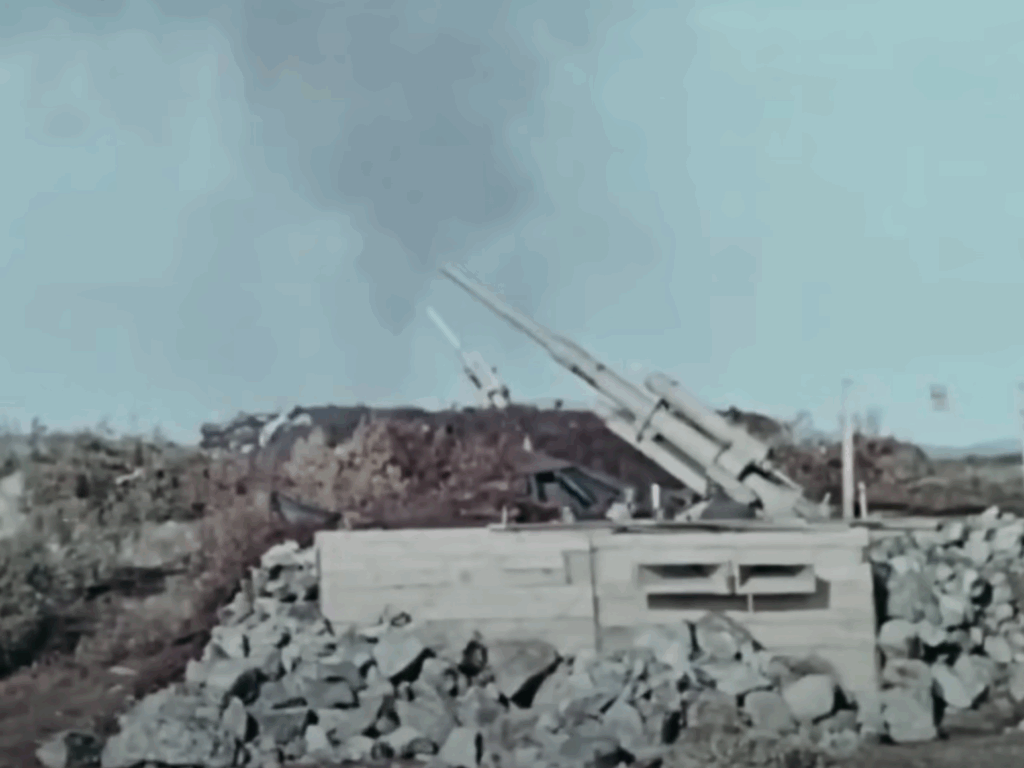
Early Combat and Development
The first real test came during the Spanish Civil War. The gun’s effectiveness against planes, bunkers, and even tanks drew attention. When the Second World War began, Germany had over 2,600 of these guns, far more than most other nations. By the end of the war, more than 21,000 had been built in different versions.
Refinements soon followed. The Flak 36 and 37 models introduced longer barrels, protective shields for crews, and a sophisticated fire-control system that linked several guns to a central command. This allowed precise targeting through a network of instruments, rangefinders, and eventually radar. Crews could fire at the predicted path of incoming aircraft, with shells exploding just as bombers reached the calculated point. Even with limitations compared to Allied proximity fuses, the sheer volume of fire made it a constant threat.
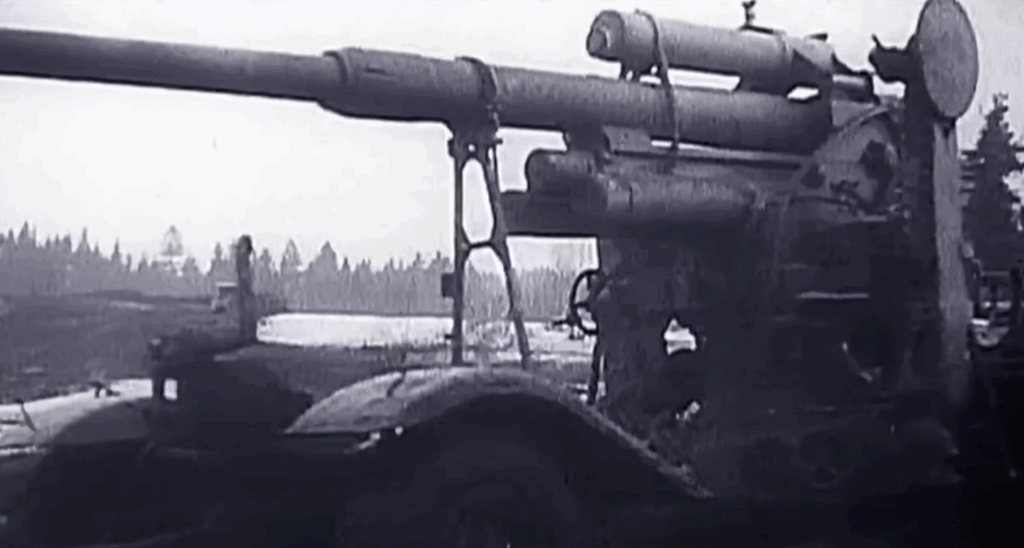
Accuracy, Power, and Losses in the Air War
The 88 could fire shells weighing nearly 10 kilograms at speeds exceeding 2,700 feet per second. Each explosion released thousands of steel fragments, deadly to both the thin-skinned bombers and their crews. Later versions of German air defense even introduced larger guns, but the 88 remained the backbone of the defense system.
The weapon, however, was always a target. Allied bombers attacked flak positions relentlessly, and fighter-bombers strafed crews whenever possible. By the middle and later stages of the war, casualty rates soared. Estimates suggest that more than half of those serving on anti-aircraft crews were killed, and by the war’s final months that number climbed closer to 80 percent. Many of these crews included older men, teenagers, and women working in support roles, all drawn into the desperate defense effort.
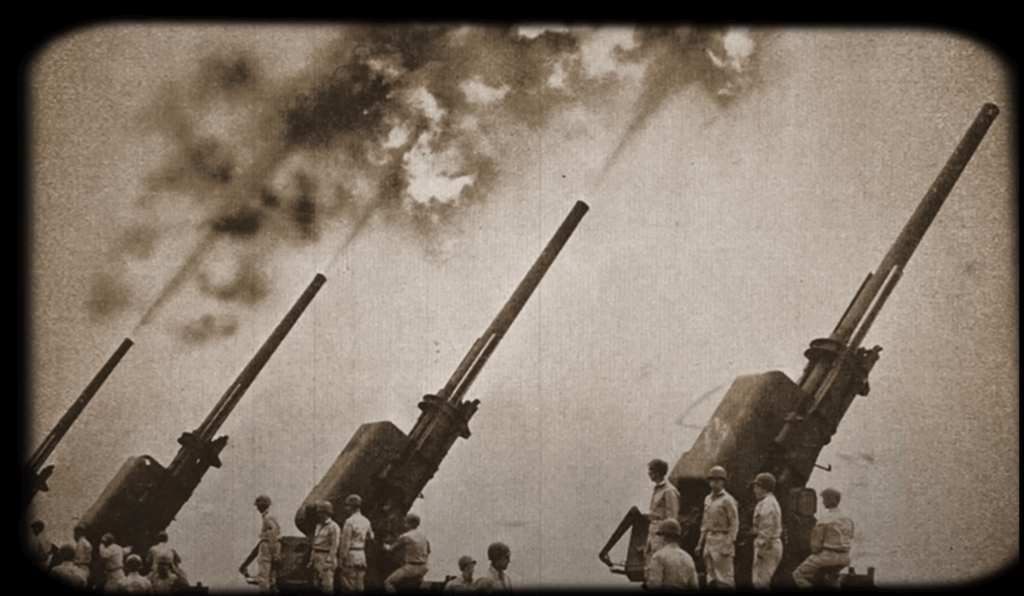
Turning Against Tanks
Although built for the skies, the gun became equally feared on the ground. Early in the war, German forces discovered that the 88 could pierce tank armor with ease. At battles such as Aras in North Africa, the gun was lowered to ground level and used to halt British tanks that smaller anti-tank weapons could not damage. Its speed, flat trajectory, and accuracy made it a formidable tool in desert campaigns and later on the Eastern Front.
Special armor-piercing shells were soon developed, allowing the 88 to penetrate over 100 millimeters of armor at long range. Mounted on vehicles like the Tiger I tank and tank destroyers such as the Nashorn and Elefant, it became one of the most respected anti-tank weapons of the war. Even Allied crews acknowledged its range and power, though using it left German crews dangerously exposed.
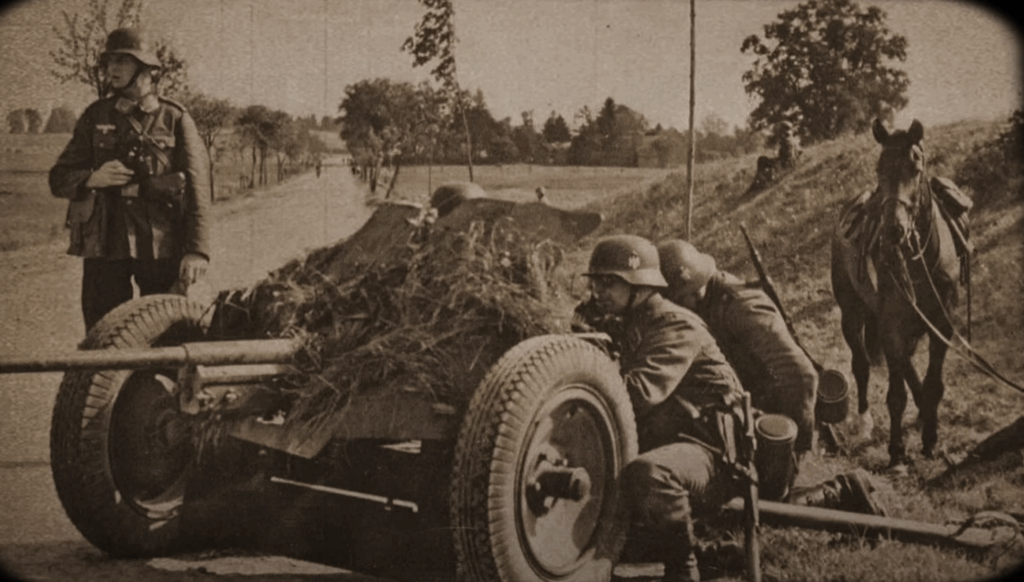
Flak Towers and the Final Defense
As Allied bombing intensified, Germany built massive flak towers in cities such as Berlin, Hamburg, and Vienna. These huge concrete structures housed guns, ammunition stores, and even air raid shelters for civilians. Their walls were meters thick, able to withstand heavy bombs. Some towers were equipped with 12.8 cm guns alongside the 88, creating powerful defensive strongholds.
Yet their numbers were too few to alter the course of the air war. Crews stationed within them still faced immense danger, as bombing raids targeted gun sites with special munitions designed to destroy them. By the war’s final months, these towers became last strongholds, while flak crews in the field suffered some of the highest losses of any military branch.
